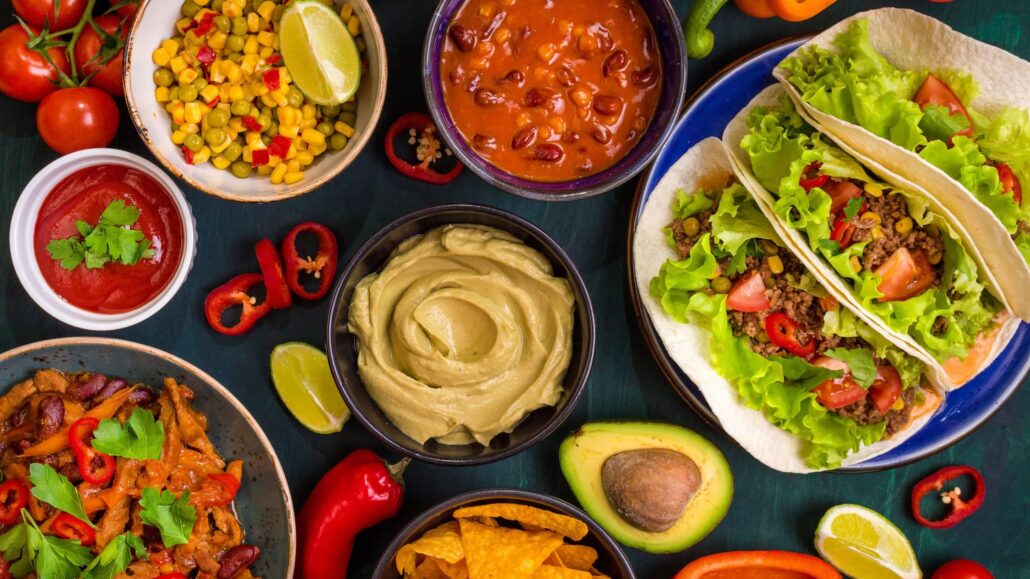Use reproduction wallcoverings to add an instant — and affordable — touch of history to your home.
Above: The sumptuously papered study of The Wren’s Nest, the Atlanta home of Joel Chandler Harris, author of the Uncle Remus books. Left: Mt. Diablo Handprints’ reproduction, ”Study,” ($86/31-square-foot roll) of the 1897 original. In 1795, Sir Peyton Skipwith, an American-born baronet, spared no expense when it came to decorating the walls at Prestwould, his Clarksville, Virginia, plantation. His wife, Lady Jean, selected exquisite and expensive English botanical wallpapers, custom made to suit the house.

Two centuries later, Prestwould Plantation was being restored. Wallcovering and textile manufacturer Scalamandre was hired to reproduce those papers, many of which had disintegrated. It required detective work: The paper on some walls was completely intact, while in other areas, fragments the size of a fingernail were all that remained.
Artists traced what they could and used computer technology to refine and complete their designs. In the end, the company created papers that are so like the originals, even the Skipwith family probably wouldn’t be able tell the difference.
Museum houses across the country are commissioning manufacturers to re-create the papers that originally graced their walls — and their ceilings, known as the “fifth wall” in Victorian times. These manufacturers are using computer-aided design programs to reproduce the designs efficiently and accurately. New printing processes, high-quality paper with durable, washable coatings, and rich, colorful inks all combine to make papers that are attractive and long lasting.
Wallpaper – A Decorative History

Machine-made paper debuted in the mid-1800’s and revolutionized the way wallpaper was made. The longer, wider, more uniform sheets were easier to print and to hang. By 1870, when patterns and sizes were standardized, the price of wallpaper had decreased so dramatically that people were using it to adorn every surface in the house, which accounts for the abundance of Victorian wallpapers.

Perhaps the greatest advances in the manufacture of historic-style wallpapers are the result of computerization. Within the past eight years, computers have made their way into all aspects of production, from design to printing.
While the most expensive wallpapers are still block or screen printed, the more affordable ones are printed by gravure or cylinder press, a type of printing press that uses an engraved copper roller to spray the ink on the paper. Computer-guided lasers engrave the copper rolls, creating a design more precise than anything produced by hand (though without the “flaws” that make vintage wallpapers distinct). With a little help from technology, historic papers can restore an old house to its former glory or take a new house back in time without costing a small fortune.
